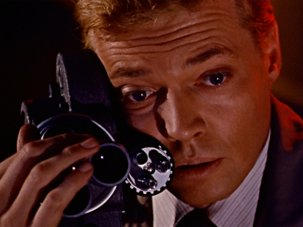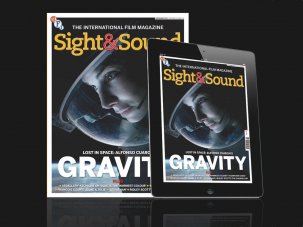Unlimited examines the portrayal of disability in British film and television across the last century. During the Great War, newsreels recorded the rehabilitation of visually impaired and physically disabled servicemen; double-amputee fighter ace Douglas Bader was later immortalised on the big screen. Yet cinema has rarely engaged with the genuine experiences of those with physical and sensory disabilities. Sensationalism and condescension were common pitfalls in both fiction and documentary arenas, but film has nevertheless provided a catalyst for positive developments in language and social attitudes towards disability — including learning disabilities and mental illness, which endured a troubling history of misrepresentation on screen.
The first disabled character portrayed by a disabled actor on British television did not appear until 1992 (in BBC soap Eldorado), yet amputee Donald Gray forged a successful acting career in the 1950s: such histories are ripe for rediscovery. In the 21st century, TV drama has made space for bold portraits of disabilities as diverse as motor neuron disease, obsessive-compulsive disorder and multiple personality conditions. But with most parts still played by able-bodied actors, disabled actors and filmmakers continue to fight to tell their own stories. Unlimited features work made for and by people with disabilities, not least the late trailblazer Stephen Dwoskin (1939-2012), to whom we dedicate this collection.
Ten to try
Work at St. Dunstan’s (1916)
Behind the scenes at a hostel for soldiers blinded in WWI, founded by the charity known today as Blind Veterans UK.
Fox Farm (1922)
Moving, Hardyesque silent feature depicting the love between a blind farmer and a local girl.
The Vise (1958)
WWII veteran and amputee Donald Gray starred as the eponymous detective in this early TV crime series.
St. Christopher (1967)
Barney Platts-Mills’ profile of an organisation caring for children with disabilities around the UK.
Outside In (1981)
Memories from the visual diary of groundbreaking artist-filmmaker Stephen Dwoskin.
A is for Autism (1992)
The perceptions and experiences of autistic people, told using their own words and images.
Some Voices (2000)
Daniel Craig gives a powerful portrayal of schizophrenia in Simon Cellan Jones’ feature debut.
Born Freak (2002)
Performer and thalidomide campaigner Mat Fraser questions whether audiences see disabled actors as freaks.
The Boy Whose Skin Fell Off (2004)
BAFTA-winning documentary following the last months of a Northumberland man born with a disabling skin condition.
Stuart: A Life Backwards (2007)
Tom Hardy and Benedict Cumberbatch star in the inspiring story of homeless activist and muscular dystrophy sufferer Stuart Shorter.






